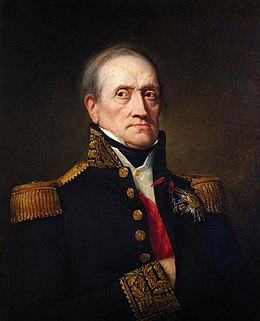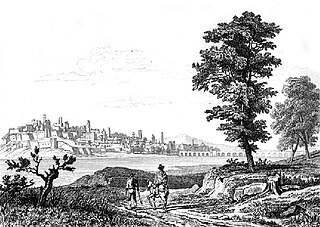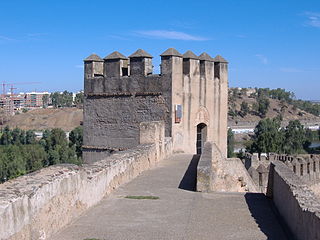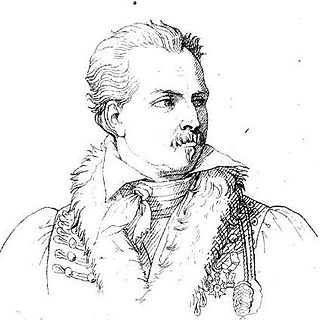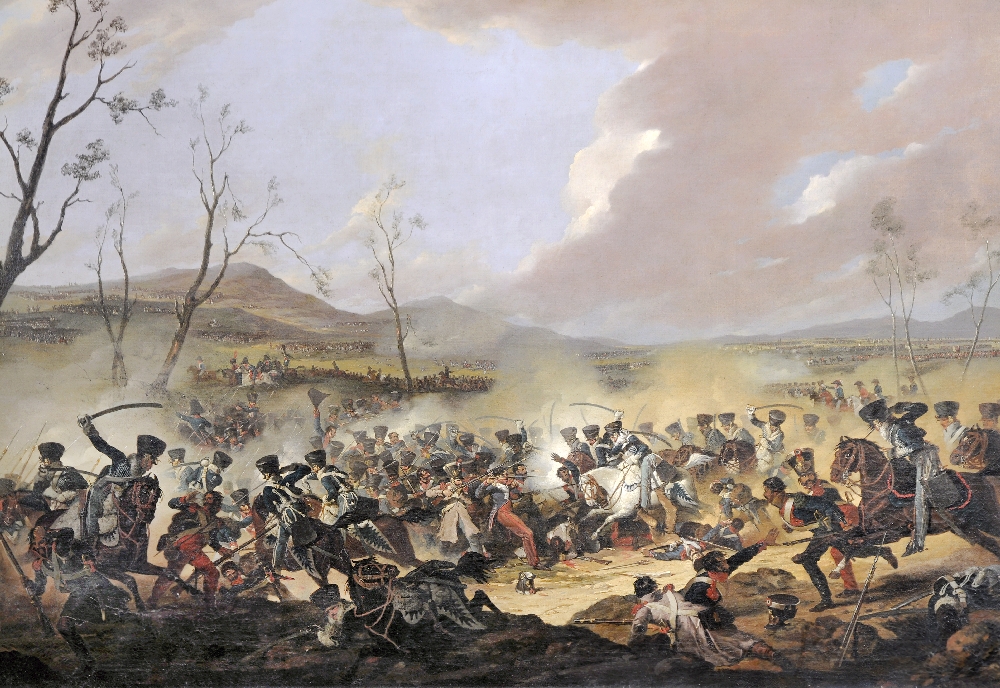
The Battle of Orthez (27 February 1814) saw the Anglo-Portuguese Army commanded by Field Marshal Arthur Wellesley, Marquess of Wellington attack a Imperial French army under Marshal Nicolas Jean de Dieu Soult. Soult's army was posted on a ridge to the north of the town of Orthez in southern France and in the town itself. For over two hours the outnumbered French repulsed repeated Allied assaults on their right flank, forcing Wellington to order a general assault. After a struggle, the Allies overcame the French defenses and Soult was compelled to order a retreat. At first, the French divisions withdrew in good order, but as they approached the bridge over the Luy de Béarn at Sault-de-Navailles, many soldiers began to panic. The next day Soult decided that his army was too demoralized to resist more attacks and continued his retreat. Allied casualties were about 2,200 while the French lost about 4,000 killed, wounded and captured. The battle was fought near the end of the Peninsular War. [1]

The Battle of Orthez saw the Anglo-Portuguese Army under Field Marshal Arthur Wellesley, Marquess of Wellington attack an Imperial French army led by Marshal Nicolas Soult in southern France. The outnumbered French repelled several Allied assaults on their right flank, but their center and left flank were overcome and Soult was compelled to retreat. At first the withdrawal was conducted in good order, but it eventually ended in a scramble for safety and many French soldiers became prisoners. The engagement occurred near the end of the Peninsular War.
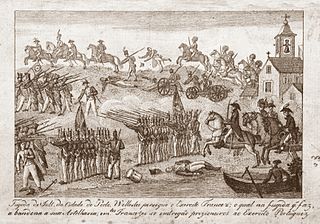
The Anglo-Portuguese Army was the combined British and Portuguese army that participated in the Peninsular War, under the command of Arthur Wellesley. The Army is also referred to as the British-Portuguese Army and, in Portuguese, as the Exército Anglo-Luso or the Exército Anglo-Português.

Arthur Wellesley, 1st Duke of Wellington, was an Anglo-Irish soldier and Tory statesman who was one of the leading military and political figures of 19th-century Britain, serving twice as Prime Minister. He won a notable victory against Napoleon at the Battle of Waterloo in 1815.


















